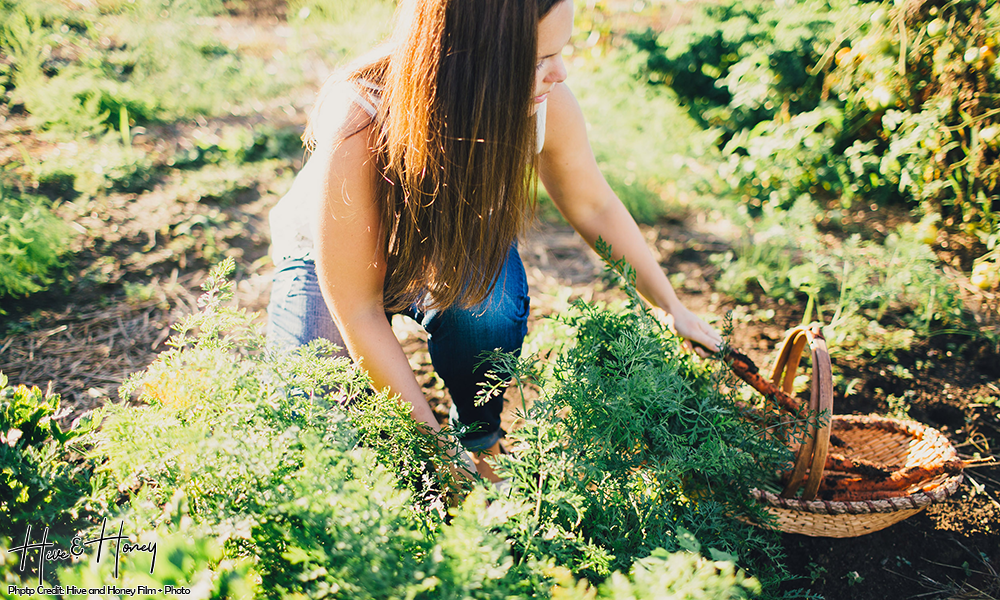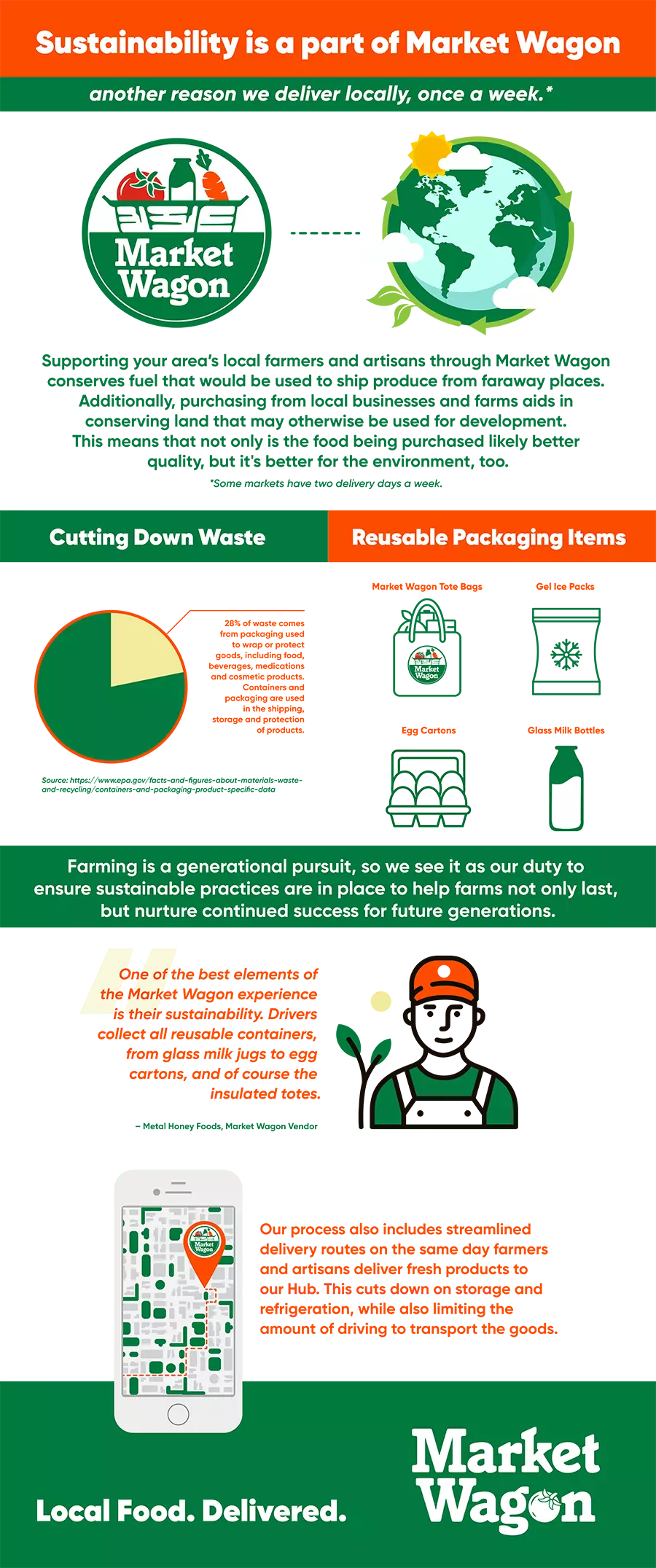Want to Reduce Food Waste? Think Beyond the Imperfect, Ugly, & Misfit Produce.
Jun 27th, 2019
It has been estimated that about one third of all food produced is thrown away. We are wasting food at home, in restaurants, and at the grocery store.
But what most consumers have been surprised to learn recently is that we are even wasting food on the farm. Why?
As consumers, we are taught to look for plump, colorful, uniform produce and to pass on anything misshapen, odd or otherwise "imperfect" when shopping. So, imperfect produce doesn't traditionally sell. For years, then, farmers have been tossing it straight from the field, or letting it rot on the vine, despite the fact that the fruit or vegetable is totally edible.
Popular upstarts in the last few years have promised to solve this problem by specifically marketing "ugly" produce or "imperfect" food. But, what if the problem isn't the existence of imperfect produce; but rather, the expectation of perfect produce? What if the answer isn't buying ugly produce, but simply buying all produce?
Over the years, industrial farms have put great thought and work into the creation of cosmetically perfect produce. Fruit and vegetable hybrids have been engineered for the strongest, best looking crop. Farms implement growing practices and standards geared toward separating the best-looking from the ugly. Then, farms regularly overproduce food, knowing that upwards of 30% of what they grow will not pass the aesthetics test.
Sometimes this produce is sorted and passed down the processed food chain, creating goods like canned sauces and baby food. Many times, it rots on the vine or heads to the landfill. And a popular trend of recent has been to market the imperfect goods at a discount.
But smaller, local farms have had a solution to the ugly food problem for years, and it's quite simple. Sell it all as the same product... because it is!
Local farms take their whole field to market, no distinction between grades of aesthetics. Even if a piece of produce is a little smaller than others or has an odd shape, it sells. Why? First of all, because it still tastes great. More importantly, their customers don't care about a uniform look. More than that, they understand the sustainable benefits of consuming everything that is produced. Not just the product that looks "pretty."
And what about the truly unsellable crop, when bugs or disease make an item inedible for humans altogether? An industrial-scale farm is specialized, growing only produce in a narrow scope, so there is nowhere but the compost heap for the inedible produce to go.
Small farms avoid that risk of loss by diversifying. It's common to see your farmers market vendors raising chickens and other livestock on a small scale in addition to produce. Damaged produce can be fed to livestock instead of being discarded. In turn, their waste will be composted and used in the soil to grow more produce, creating a closed loop, sustainable farming practice.
If you're looking for ways to reduce food waste, seek out your local, diversified farm. Enjoy their full harvest, ugly and all.


